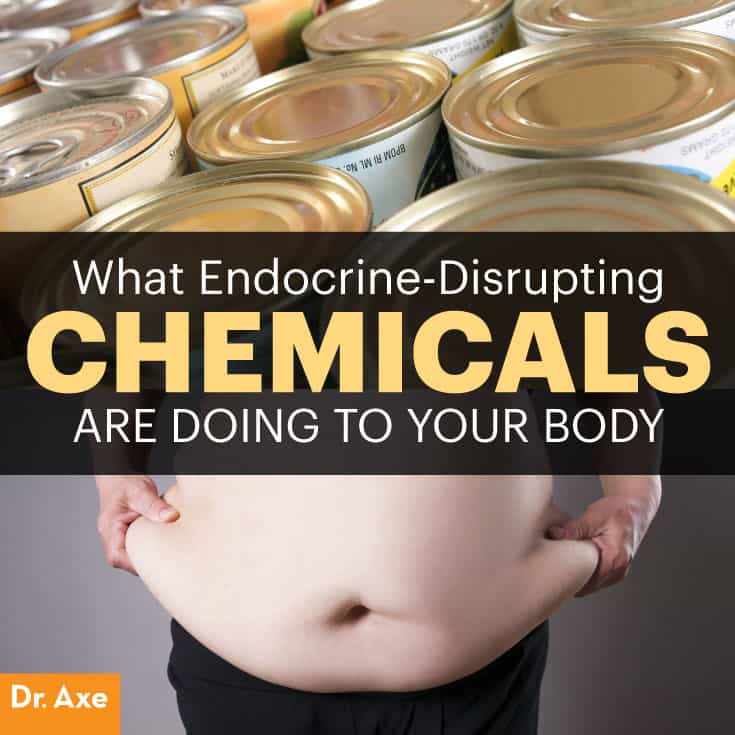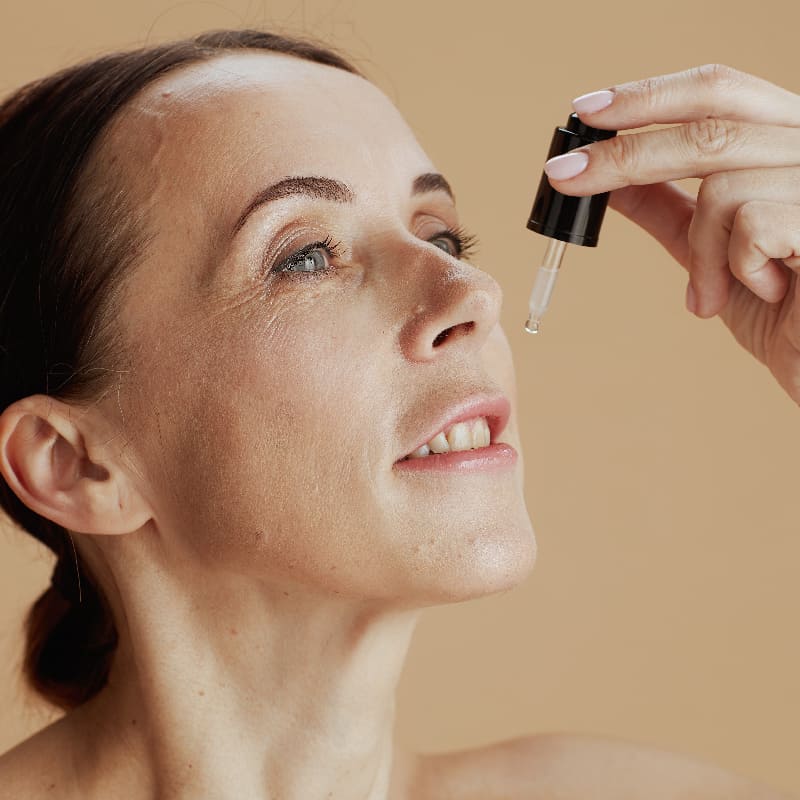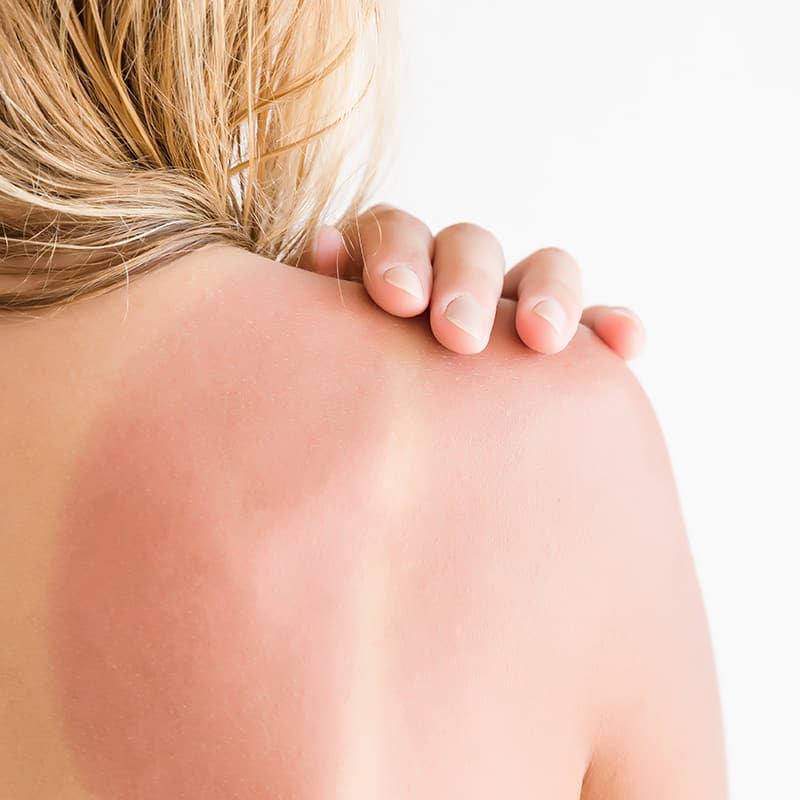This Dr. Axe content is medically reviewed or fact checked to ensure factually accurate information.
With strict editorial sourcing guidelines, we only link to academic research institutions, reputable media sites and, when research is available, medically peer-reviewed studies. Note that the numbers in parentheses (1, 2, etc.) are clickable links to these studies.
The information in our articles is NOT intended to replace a one-on-one relationship with a qualified health care professional and is not intended as medical advice.
This article is based on scientific evidence, written by experts and fact checked by our trained editorial staff. Note that the numbers in parentheses (1, 2, etc.) are clickable links to medically peer-reviewed studies.
Our team includes licensed nutritionists and dietitians, certified health education specialists, as well as certified strength and conditioning specialists, personal trainers and corrective exercise specialists. Our team aims to be not only thorough with its research, but also objective and unbiased.
The information in our articles is NOT intended to replace a one-on-one relationship with a qualified health care professional and is not intended as medical advice.
How Endocrine Disruptors Destroy Your Body + The Dirty Dozen to Avoid
November 10, 2019

BPA’s toxic effects are well-publicized. From the lining of canned foods to polycarbonate hard plastics to even the thermal coatings on cash register receipts, this is one of the world’s most proven bad news endocrine disruptors. BPA is linked to everything from hormone-related breast and prostate cancers to polycystic ovarian syndrome and early puberty.
But BPA isn’t the only endocrine disruptor to watch out for. In 2019, researchers tied exposure to common hormone-disrupting chemicals in consumer products during pregnancy to lower IQ in children by age 7. Interestingly, bisphenol F (BPF), a replacement chemical found in BPA-free plastics, was the most potent household chemical tied to lower child IQ. The pesticide chloropyrifos, polyfluoroalkyl chemicals, the antibacterial chemical triclosan and phthalates found in vinyl plastics and personal care products also had IQ-lowering effects.
So now that we know BPA is just one of at least a thousand chemicals or chemical mixtures that can tinker with our bodies’ delicate hormonal systems, what are the other major culprits setting us up for disease?
Endocrine-disrupting chemicals (EDCs) like phthalates, triclosan and even compounds detected in fish you should never eat are among the 85,000-plus manufactured chemicals in use in the United States. They’re found in everyday products and throughout the environment. For instance, did you know that things like atrazine increase tap water toxicity? It’s true.
Research spanning the last 25 years implicates endocrine disruptors in many health problems, including male reproductive disorders, premature death, obesity and diabetes, neurological impacts, breast cancer, endometriosis, female reproductive disorders, immune disorders, liver cancer, osteoporosis, Parkinson’s symptoms, prostate cancer, and thyroid disorders.
Our current laws clearly aren’t working, and policies are needed to protect people from the harmful consequences of EDC exposure. Until Congress makes it illegal for companies to put such toxic ingredients in our products, it’s unfortunately up to us to do our best to avoid hormone-disrupting chemicals. (1) But it certainly makes a strong case for electing officials who back meaningful chemical reform, doesn’t it? It seems unfair busy families should have to go to these lengths just to stay safe.
What Do Endocrine Disruptors Do?
First we need to ask: What is an endocrine disruptor? According to the National Institute of Environmental Health Science, endocrine disruptors are chemicals that may interfere with the body’s endocrine system and produce adverse developmental, reproductive, neurological and immune effects in both humans and wildlife. The damage is believed to be most severe during prenatal or early pregnancy exposure. (3)
“From the day of conception until an individual is born or hatched, the development of each stage of life is fully under the control of hormones.
“Changes that happen during development are far less reversible [than those occurring in an adult]; you can’t go back and rewire the brain.”— the late Theo Colborn, Ph.D., zoologist and founder and president of the Endocrine Disruption Exchange
What Makes Up Your Endocrine System?
Let’s take a step back. How do we define endocrine? What does endocrine mean? The endocrine system, made up of all the body’s different hormones, regulates all biological processes in the body from conception through adulthood and into old age. This includes the: (4)
- development of the brain and nervous system
- growth and function of the reproductive system
- function of metabolism and blood sugar levels
Major components of the endocrine system include:
- female ovaries
- male testes
- pituitary gland
- thyroid gland
- adrenal glands
Other components include the:
- pineal gland
- thymus
- hyperthalamus
- parathyroid glands
- pancreas
Hypothalamus
The hypothalamus links our endocrine and nervous systems together. The hypothalamus drives the endocrine system.
Pituitary Gland
The pituitary gland receives signals from the hypothalamus. This posterior lobe secretes hormones that are made by the hypothalamus. The anterior lobe produces its own hormones. Some of these act on other endocrine glands.
Thyroid Gland
This gland is critical to the healthy development and maturation of humans. It also regulates metabolism.
Adrenal Glands
Made up of two glands, the cortex and medulla, the adrenal glands produce hormones in response to stress. Adrenal glands also regulate blood pressure, glucose metabolism, and the body’s salt and water balance.
Pancreas
The pancreas is responsible for producing glucagon and insulin. Both hormones help regulate the concentration of glucose (sugar) in the blood.
Gonads
The male reproductive gonads are called testes. The female’s reproductive gonads are ovaries. Both produce steroids that affect growth and development and also regulate reproductive cycles and behaviors.
The most prominent gonadal steroids are found in both men and women but at different levels. These include:
- androgens
- estrogens
- progestins

Endocrine Disruptors: The Dose Doesn’t Make the Poison
When it comes to chemicals and toxicology, it seems logical to think higher doses of something are more dangerous because the health impacts are more immediate and obvious (just think about what happens when someone is exposed to high levels of pesticides — immediate poisoning warrants an emergency situation). But when you’re looking at endocrine disruptors, it’s different. Even seriously tiny doses can lead to devastating health effects. But sometimes these health impacts don’t show up for years or even decades down the line after exposure. And unlike high-dose poisonings, it’s not as easy to make the cause-and-effect connection.
Researchers are making huge breakthroughs showing how endocrine-disrupting chemicals impact human health. And it’s not pretty. (It’s also costing the U.S. health care system a boatload. More on that later).
“For decades, studies of endocrine-disrupting chemicals (EDCs) have challenged traditional concepts in toxicology, in particular the dogma of ‘the dose makes the poison,’ because EDCs can have effects at low doses that are not predicted by effects at higher doses.” — Lauren Vandenberg, Ph.D., lead study author (5)
Our hormonal systems are so delicate that even tiny exposures to endocrine-disrupting chemicals at key points of development could set us up for disease later in life. We’re taking exposures measured in the parts per billion. To put that into context, it’s like one drop in 20 Olympic-sized swimming pools.
Member scientists of the Endocrine Society issued a report in which they claim:
“We present the evidence that endocrine disruptors have effects on male and female reproduction, breast development and cancer, prostate cancer, neuroendocrinology, thyroid, metabolism and obesity and cardiovascular endocrinology.” (6)
Related: Obesogenic Exposure: Top 7 Obesogens that Lead to Weight Gain & Obesity
The ‘Dirty Dozen’ Endocrine Disruptors
With more than a thousand potential hormone disruptors out there, Environmental Working Group scientists created a list of the 12 most damaging and prominent endocrine disruptors to avoid:

The Brain Drain and Economic Cost of Endocrine Disruptors
The negative health effects of endocrine disruptors are so widespread that endocrine disruptors, according to an analysis in Lancet Diabetes & Endocrinology, cost the United States over 2 percent of its gross domestic product — a median of $340 billion annually. Researchers predict these numbers are even lower than the reality, since only a portion of endocrine-disrupting chemicals were analyzed.
This report is a huge deal because for the first time, we’re able to put a conservative estimate on how the ingredients in many everyday products are costing us our health (and money to treat). (7) In my opinion, it just doesn’t seem fair that companies get to profit from this while the citizens are stuck with the bill and illnesses.
How to Avoid Endocrine Disruptors
Avoid Plastics
Plastics contain endocrine disruptors that leach into food and water, particularly when heated. Opt for glass when possible, and don’t heat food in plastic containers or coated paperboard. University of Missouri analysts studying breast cancer growth found that a brand of water bottled in plastic caused a 78 percent increase in the cancer cell proliferation. (8)
Grecian researchers at the University of Ioannina found that after heating olive oil for 10 minutes at full power, 604.6 milligrams of the plasticizer DOA leeched from the plastic wrap into the oil. (9) Researchers Oi-Wah Lau and Siu-Kay Wong found that the fat content in cheeses caused the migration of plasticizers from cling wrap to increase exponentially: 60 percent after 10 minutes of microwave heating. (10)
Take on BPA
This is one of the worst hormone disruptors out there, in my opinion. Animal studies suggest exposure to it today can actually impact three future generations. (11) It’s clear we need stronger chemical reform laws to protect us from these widespread threats.
In the meantime, avoid canned food and instead choose fresh or frozen.
And just eat less packaged foods in general. In 2016, EWG found 16,000 foods and drinks that come in cans, bottles and jars could contain the estrogen-like chemical BPA. The EWG report found BPA is commonly used in:
- The lids of glass jars for baby food, pickles, jelly, salsa and other condiments
- Aerosol cans for whipped toppings and nonstick sprays
- Bottles and tins of cooking oil
- Aluminum beverage cans, metal coffee cans and even beer kegs (12)
Use Safe Household Cleansers
Avoid phthalates and other hormone disruptors by making your own cleaners. Buy environmentally safe laundry detergents and dishwashing liquid. You can also make your own cleansers of every type, like all-natural homemade laundry soap, homemade oven cleaner and homemade household cleaner. Back off on the antibacterial soaps and cleaners, and use less chemical disinfectants.
The FDA is banning triclosan and more than a dozen other antibacterial ingredients, but many will be on the market until September 2017. The replacement ingredients may not be necessary or safe, either, so just stick to regular Castile soap and water.
Rethink Your Birth Control
Choosing a more natural approach to birth control is safer than hormonal forms of contraception, especially since we now know birth control causes depression in some women. Conventional birth control pills work by putting synthetic forms of estrogen and progestin into the body. Adding unnatural hormones throws off the natural hormone balance in the body, resulting in unwanted birth control side effects. Condoms and non-hormonal IUDs are other options to consider.
Read Your Health and Beauty Product Labels
The average person uses nine different personal care products a day that contain a whopping 126 different ingredients, according to EWG. (13) While the list of hormone-disrupting chemicals in cosmetics is long, here’s a great trick to quickly weed out products that likely contain endocrine-disrupting phthalates. Look on the ingredients list. If you see “fragrance” or “parfum,” avoid it. Those are catch-all terms that can include 3,000+ chemicals that often include phthalates.
You can also rate your current personal care products and find safer ones at Environmental Working Group’s Skin Deep Cosmetic Safety database.
Change Your Diet
What we eat and drink has a great deal to do with how many hormone disruptors we end up with. Anti-estrogenic diets have three major components: eating farther down on the food chain, eating less processed and chemically laden foods, and supplementing your diet with compounds that decrease estrogen excess and help your body to eliminate added hormones.
- Avoid processed and refined foods. Besides the many food additives and chemicals that processed and refined foods contain, the lack of fiber and extra sugar overwhelm your colon and liver so that circulating hormones are reabsorbed rather than eliminated.
- Avoid pesticides and herbicides. Buying organic can limit your intake of endocrine disruptors in and on fruits and vegetables.
- Buy pasture-raised animal products. Your best bet is to connect with a local farmer and learn about their farming practices. The ultimate goal is for the animal to to eat a natural, pesticide- and GMO-free diet. If that’s not possible, look for “American Grassfed” products or “Animal Welfare Approved.” When it comes to eggs, remember that “free-range” doesn’t necessarily mean that animals have access to grass. For eggs, pasture-raised and organic is the gold standard. “Natural” means nothing, so don’t trust that on the label.
- Eat detox veggies. The more fresh vegetables you eat, the lower you’re eating on the food chain. Toxins accumulate in the tissues of animals. Fresh veggies have a whole host of health benefits, as well as the ability to deflect excess estrogens. Cruciferous veggies, such as broccoli and cabbage, contain flavones and indoles that are particularly effective at battling estrogen excess. And, of course, avoid the high-estrogen foods.
- Buy local. Local farm methods are more transparent and accountable than big industry. They’re often a safer bet even if they haven’t been certified organic. DDT was banned as a pesticide in the U.S., but we still produce it and sell it to other countries. Much of the produce on our supermarket shelves comes from overseas. Megafarms in the U.S. regularly use estrogen in their feed for cattle, pigs and chickens.
- Avoid soy. We’ve all come to think of soy as a healthy alternative for protein and calcium. In fact, as a subsidized crop, soy has become so prevalent in so many foods that allergies are on the rise. It hides on labels as hydrolyzed vegetable protein, lecithin, starch and vegetable oil. Soy is a source of phytoestrogens. Because we are exposed to it so much in all of our foods (and health and beauty products), it’s becoming an endocrine disruptor (fermented soy has less detriments and more nutrients).
Chemicals might be just about everywhere, but you can make simple changes that greatly reduce your personal load of endocrine disruptors and what you pass on to your children.












